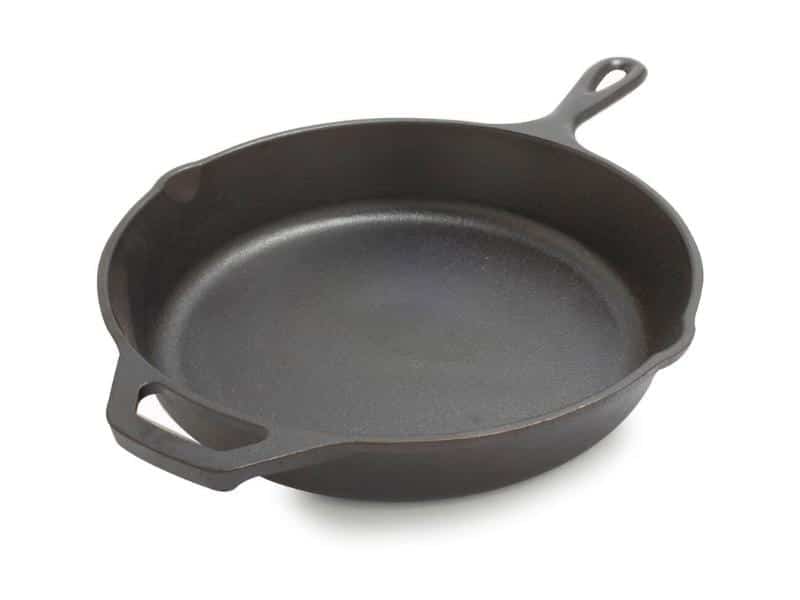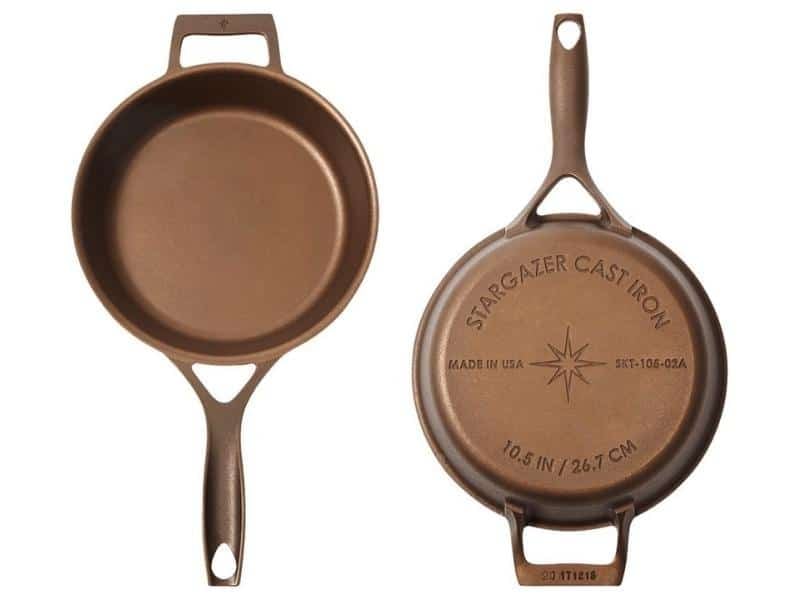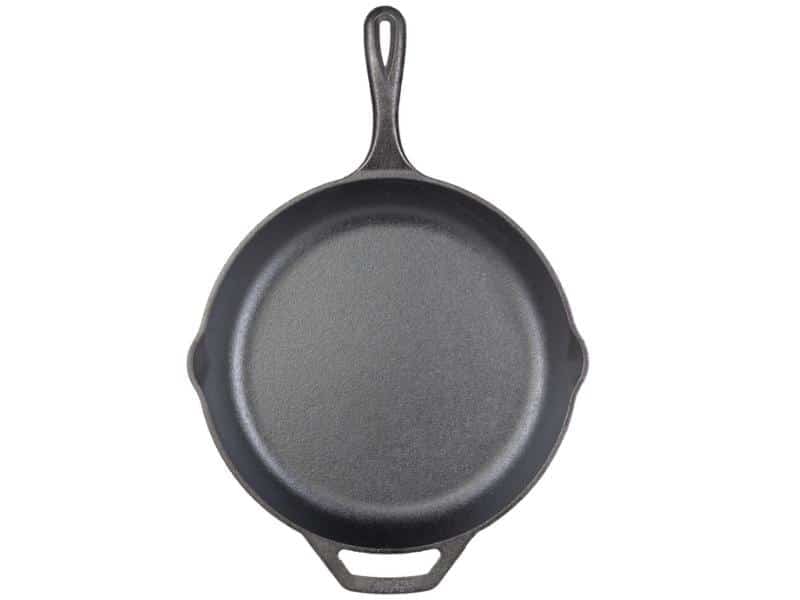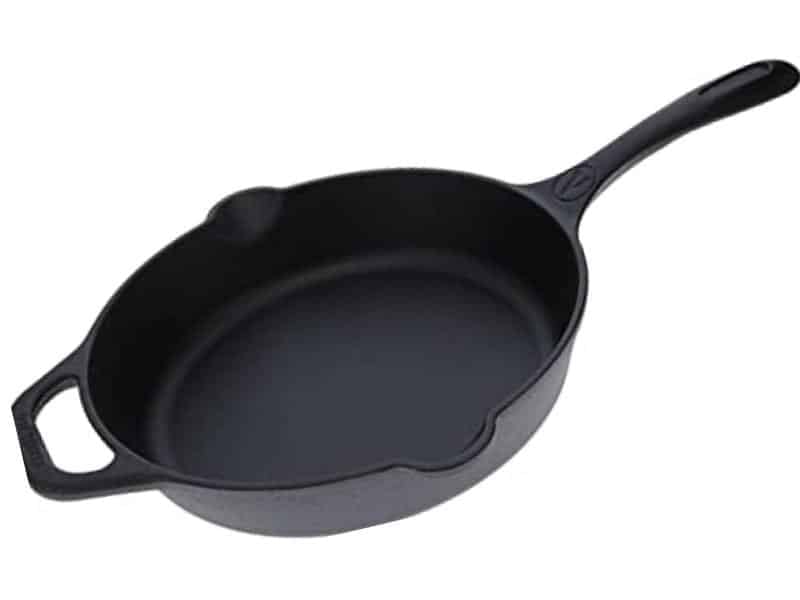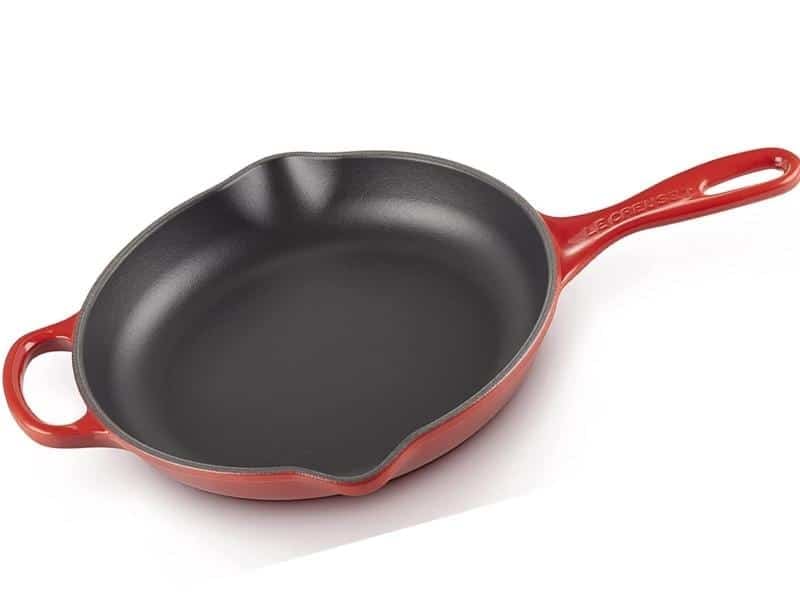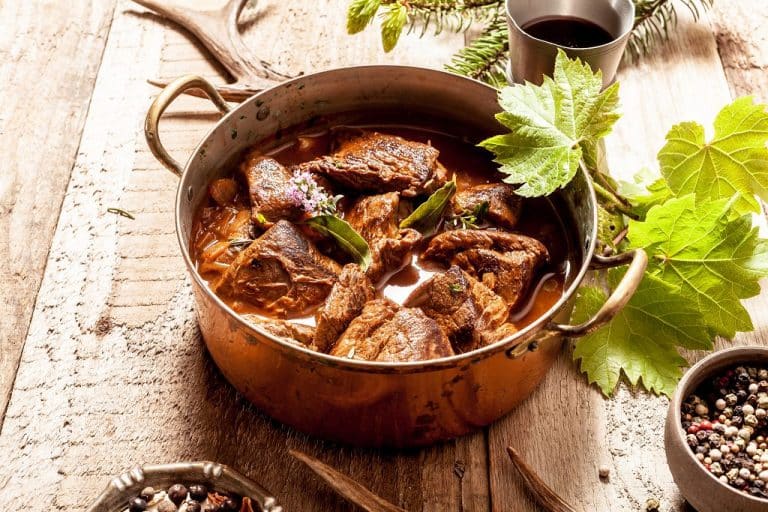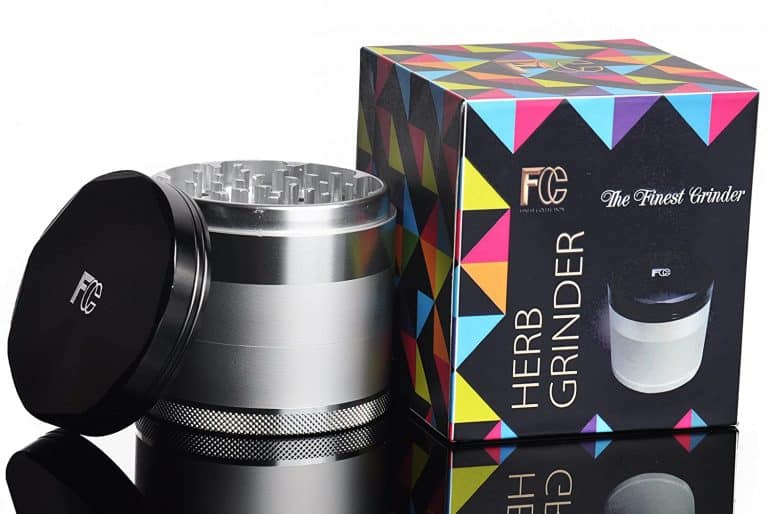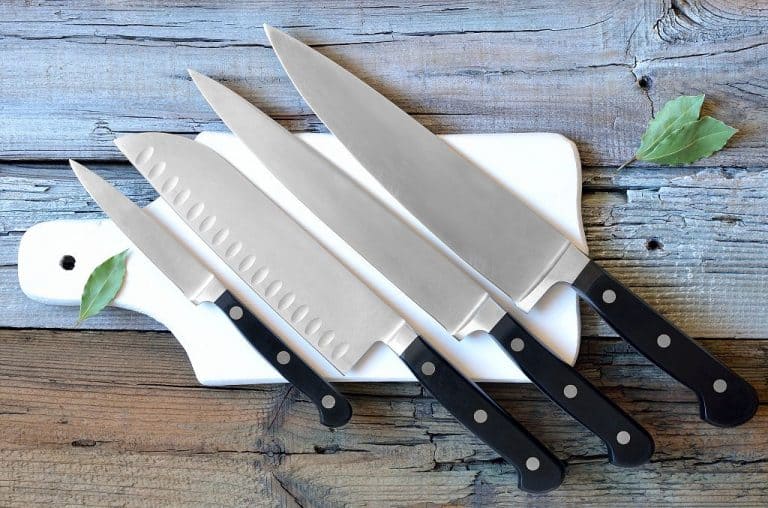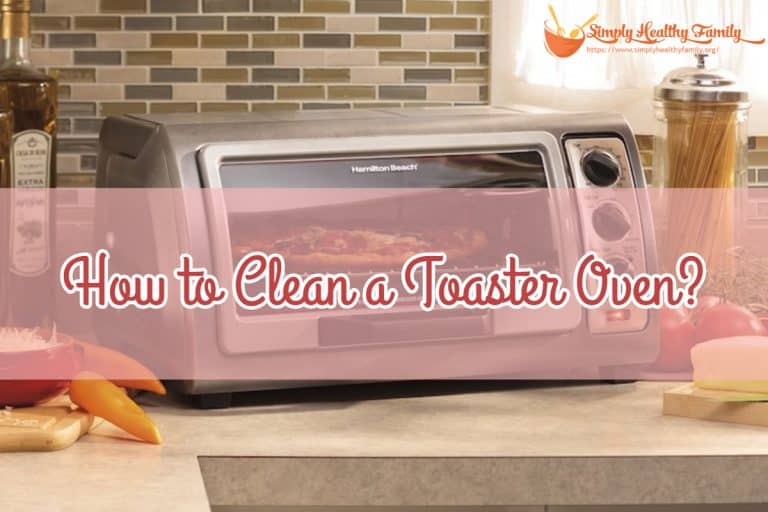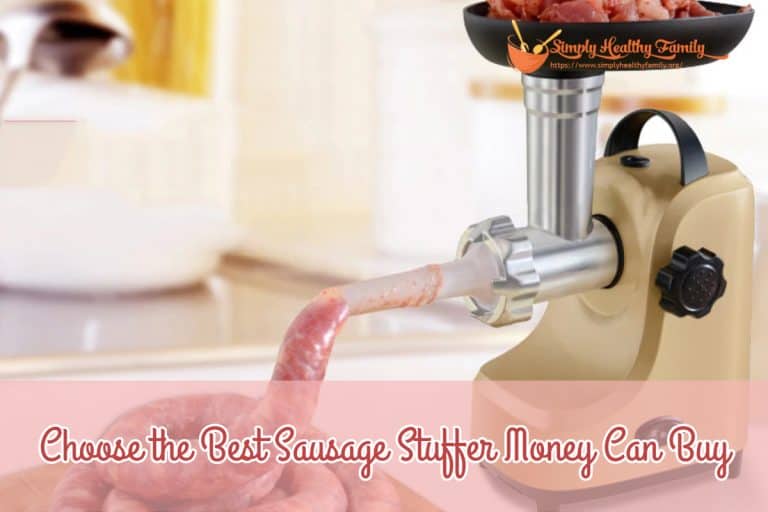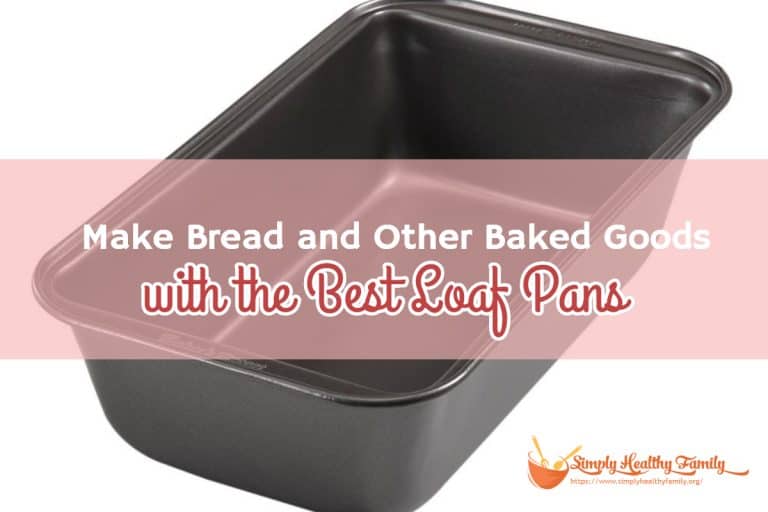The Best Cast Iron Skillet for Steaks
Cast iron cookware is made from steel alloy and carbon. Cast iron skillets are used at very high temperatures necessary for searing and frying meat.
Well-seasoned cast iron skillets become naturally non-stick over time. Cast iron skillets’ excellent heat retention and non-stick surface deliver a fantastic sear on perfectly cooked beef steaks.
Best Cast Iron Skillet for Steaks
Name | Size & Weight | Seasoning & Coating | Shape & Pattern | Pouring & Drainage Spout | Price | Rating |
12 inches, 7.89 pounds | Pre-seasoned, no coating | Round, smooth surface | Two pouring spouts | $29.95 | 5/5 | |
12 inches, 6.5 pounds | Pre-seasoned, no coating | Round, smooth surface | Two pouring spouts | $145.00 | 4/5 | |
12 inches, 6.55 pounds | Pre-seasoned, no coating | Round, smooth surface | Two pouring spouts | $39.95 | 4/5 | |
10 inches, 5.5 pounds | Pre-seasoned, no coating | Round, smooth surface | Two pouring spouts | $15.99 | 3.5/5 | |
10.25 inches, 6.5 pounds | Requires no seasoning, enamel coating | Square, grill pattern | Two pouring spouts | $249.00 | 3/5 |
Best Cast Iron Skillets
The best cast iron skillets for cooking steaks are those that are heavy enough to hold and distribute heat. A good skillet also has large and functional pour spouts and must have a comfortable handle.
Slightly rounded handles and helper handles allow a natural grip near the base. Having two handles increases maneuverability when lifting the pan off the stovetop or draining hot grease.
Lodge Cast Iron Skillet
The Lodge 12-inch cast iron skillet is made from thick cast iron. While this pan heats slowly, it retains the temperature necessary for searing a steak or a thick cut of meat.
The classic Lodge skillet comes well-seasoned, and quickly releases eggs or baked cornbread.
The Lodge skillet weighs nearly 8 pounds and is heavier than most other cast iron skillets. Maneuvering this skillet takes some muscle.
Stargazer Cast Iron Skillet
The Stargazer cast iron skillet is factory seasoned and ready to use straight from the box.
This skillet is on the lighter side, measuring 12 inches in diameter and weighing 6.5 pounds.
Although this skillet has excellent heat retention, the forked handle doesn’t heat up as quickly as handles on some other cast iron cookware.
But, while the large handle stays cool long enough to touch, the handle is uncomfortable to hold.
Lodge Chef Collection Cast Iron Skillet
The Lodge Chef Collection cast iron skillet is a versatile piece of cookware.
The 12-inch skillet delivers perfectly seared steaks, savory galettes, or eggs that slide right from the pan. At 6.5 pounds, this skillet is easy to maneuver, and the lower sidewalls are ideal for stirring foods.
While ideal for searing, roasting, and sauteing, this skillet isn’t as good for deep-frying because of its shallow design.
Victoria Cast Iron Skillet
The Victoria 10-inch cast iron skillet features two large spouts for drip-free pouring.
This cast iron skillet weighs only 5.5 pounds and is easier to maneuver than most other cast iron pans, which are, on average, heavier by 1 or 2 pounds. The Victoria also distributes heat evenly, creating a nice sear even on thick cuts of meat.
On the downside, the long handle makes the skillet feel heavier by throwing off weight distribution.
Le Creuset Enameled Cast Iron Skillet
The Le Creuset skillet’s enameled finish acts like a non-stick surface for cooking and browning.
The Le Creuset skillet has grilling grooves that create a grill pattern on steaks and help with low-fat cooking. Unlike most cast iron skillets, this enameled skillet doesn’t need seasoning, and develops a natural patina.
On the flip side, this skillet is challenging to clean because of the raised griddle ridges.
Conclusion
The Lodge 12-inch cast iron skillet is the best among these reviews because it best meets all of the ideal features. The classic Lodge skillet is excellent for searing meat, comes with good factory seasoning, and has a comfortable handle.
How to Pick a Cast Iron Skillet
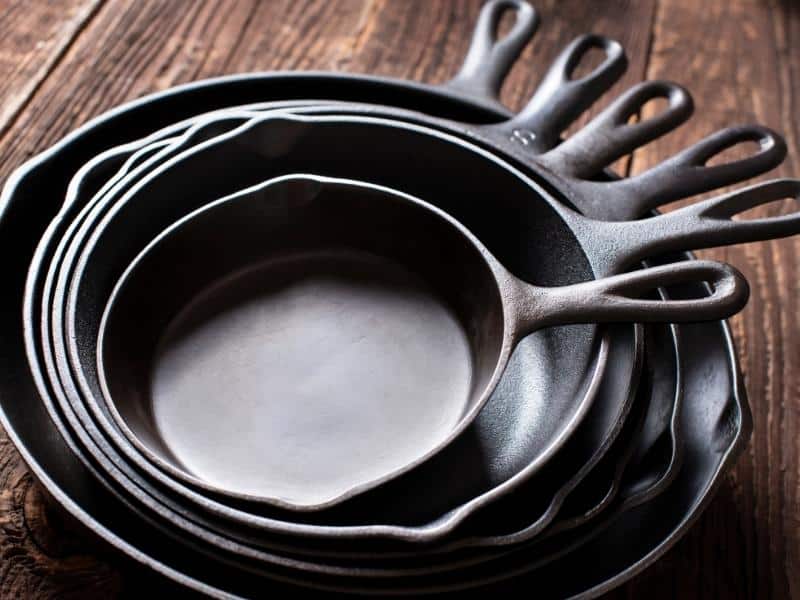
Several things to consider when looking for a cast iron skillet include how each person plans to wash their skillet, their weight-bearing ability, health, and budget.
Think about whether the skillet will sear meat with or without a grill pattern, if the skillet can be used in preparing cornbread, or frying eggs.
Weight
All cast iron skillets are heavy compared to other cookware, but not all cast iron skillets weigh the same. Heavy cast iron is better for searing meat, but can be hard to maneuver.
Cast iron withstands and maintains extremely high temperatures, and heavier cast iron skillets retain heat better than lighter ones.
Lightweight cast iron skillets lose heat quickly, resulting in a steamed piece of meat, whereas heavy cast iron skillets are better at searing meat.
A lighter skillet is easier to maneuver, whether empty or full of food. Lifting, tilting, and holding a full skillet can be too heavy for some people.
Handles
The handle is one of the most important aspects of a cast iron skillet, as it affects how to hold the pan and whether there is a good grip. An inadequately designed handle makes the skillet feel heavier than it is, and can strain wrists and arms.
Cast iron skillets have different handles. A short handle gives better leverage and grip when taking the pan off the stovetop. Rounded-stick handles are easier to grip near the base, giving better control and maneuverability.
Long handles may distribute the weight of the skillet unevenly, making the pan feel heavier than it actually is. Both short and long handles get very hot, so always wear an oven mitt or use a kitchen towel when handling a hot cast iron skillet.
The best cast iron skillets for steak have a large helper handle on the opposite edge of the pan that’s usually shorter than the regular handle, and that offers extra security when taking the skillet off the stovetop or draining hot oil.
Although small, the helper handle needs to be large enough to grip firmly near the base while wearing a thick oven mitt.
Pouring & Drainage Spout
Most cast iron users cook more than steak in a cast iron skillet, and a large pour spout may be helpful.
Good cast iron pans have functional pour spouts or rolled lips that don’t leak hot grease and make a mess. A large pour spout is helpful for pouring oil or drippings into a bottle or jar.
Shape and Grill Pattern
Cast iron skillets are either round or square, and can feature a smooth or a grill-patterned bottom. Use cast iron skillets with smooth bottoms and sloped sides for searing, shallow-frying, and sautéing.
Cast iron skillet grills with short walls and elevated griddle ridges keep the food lifted from the cooking surface, and give food grill marks.
Choose a cast iron skillet with a grill pattern to mimic the conditions of meat-grilling, but in the comforts of a kitchen.
Enamel Coating
Enameled cast iron cookware has vitreous enamel glaze applied to the surface. Vitreous enamel creates a non-porous finish that protects cast iron, making it resistant to rust.
Enameled cast iron skillets are easier to clean and don’t require seasoning as classic cast iron skillets do.
Cooking in cast iron cookware can add iron to food, which can be problematic for people with excess iron. Enamel coating restricts the leaching of dietary iron into food.
For people looking to limit the amount of iron in their diets, enameled cast iron cookware is a good alternative to plain cast iron.
Enameled cast iron can cook anything that classic cast iron can, and more. Use enameled cast iron instead of classic cast iron to prepare highly acidic foods like tomato sauce, or aromatic foods that contain garlic, since enamel doesn’t take on the flavors like classic cast iron does.
However, an enameled cast iron skillet doesn’t have the non-stick properties of a well-seasoned cast iron skillet, and can’t withstand high temperatures or be used over an open fire like classic cast iron can. Heating an empty enamel-coated cast iron pan can crack or damage the enamel.
Temperature recommendations for using enameled cookware in the oven vary from one brand to the other. To avoid any cracks and damages to the enamel, follow the manufacturer’s instructions.
Using Your Cast Iron Skillet
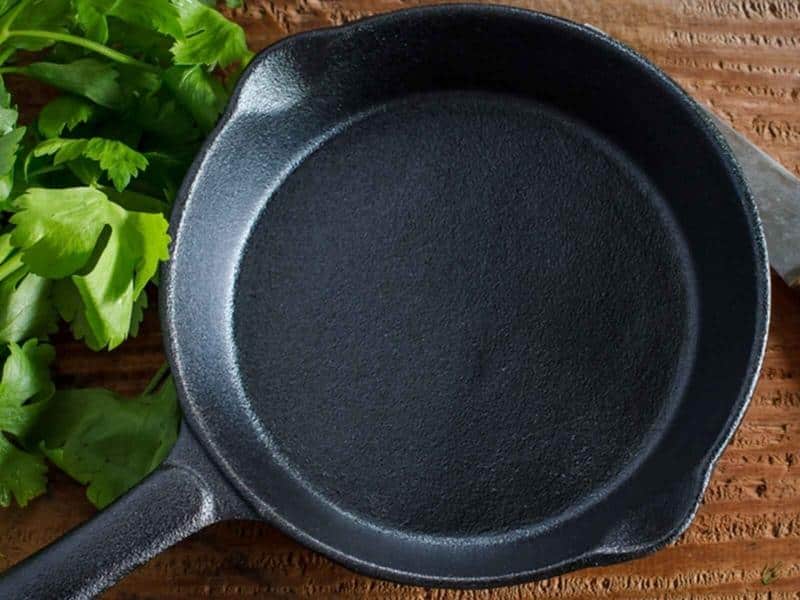
A well-seasoned cast iron skillet is great for everything from searing a steak and baking cornbread, to frying eggs. Cast iron skillets are made from a highly durable alloy of steel and carbon, and can be used on the stove, in the oven, on the grill, and over an open campfire.
After using a cast iron skillet, wash it well in hot water while it’s still warm, using a sponge or a brush to remove stuck, leftover food.
Use a kitchen towel to dry the skillet immediately, and then use a paper towel to spread a drizzle of oil on the entire surface of the skillet.
A cast iron skillet will last a lifetime when properly taken care of.

